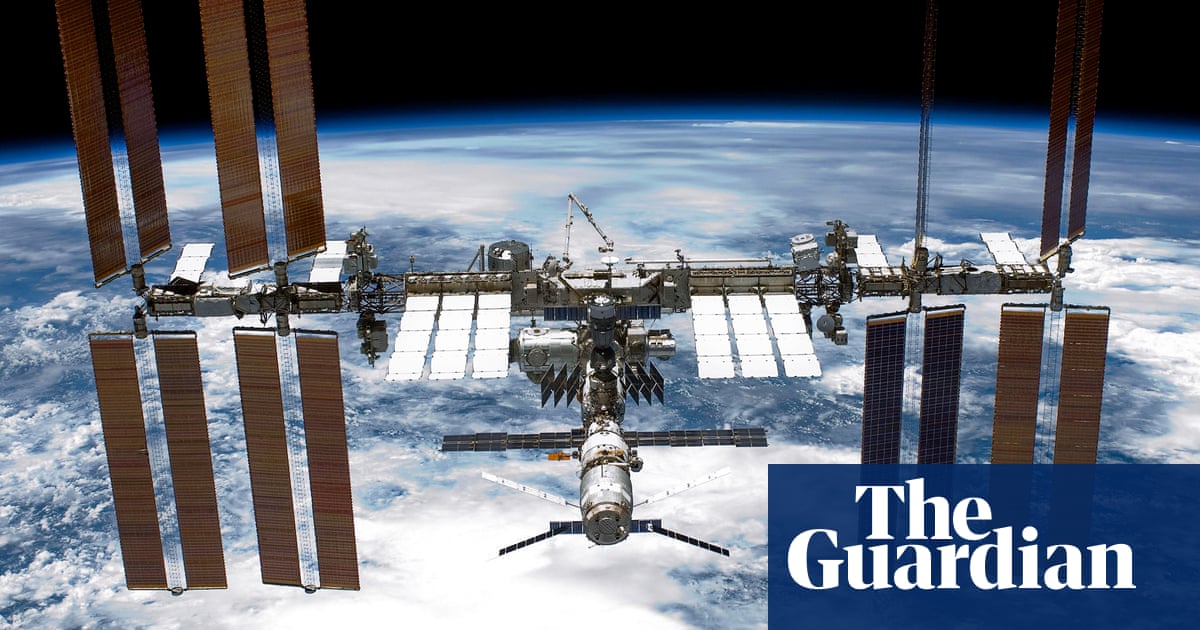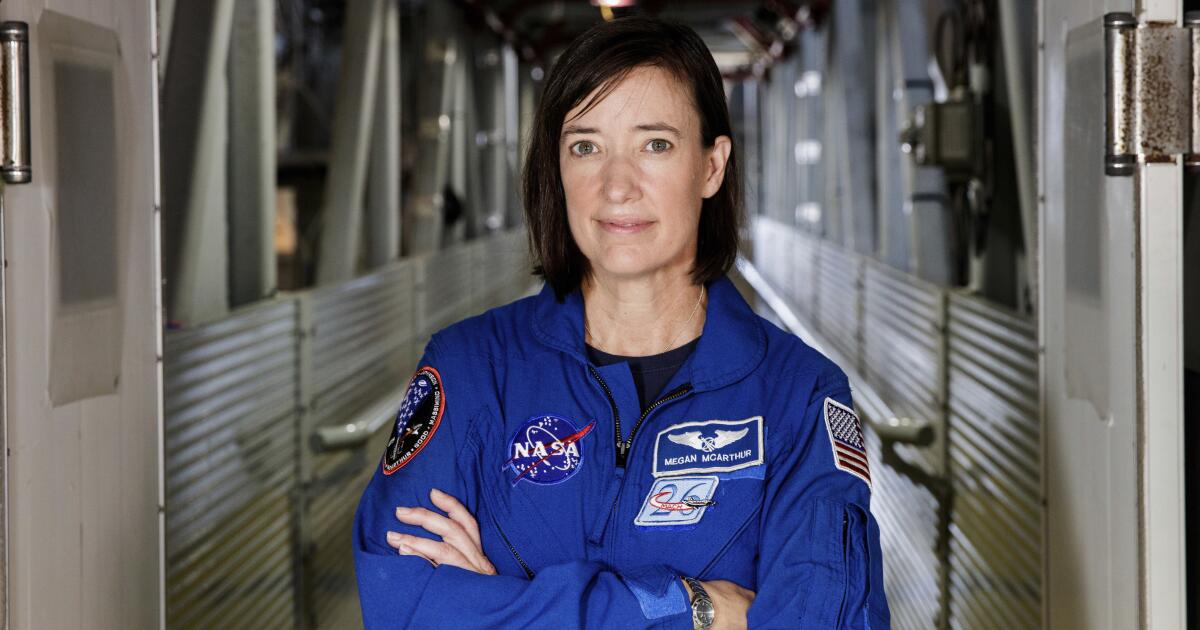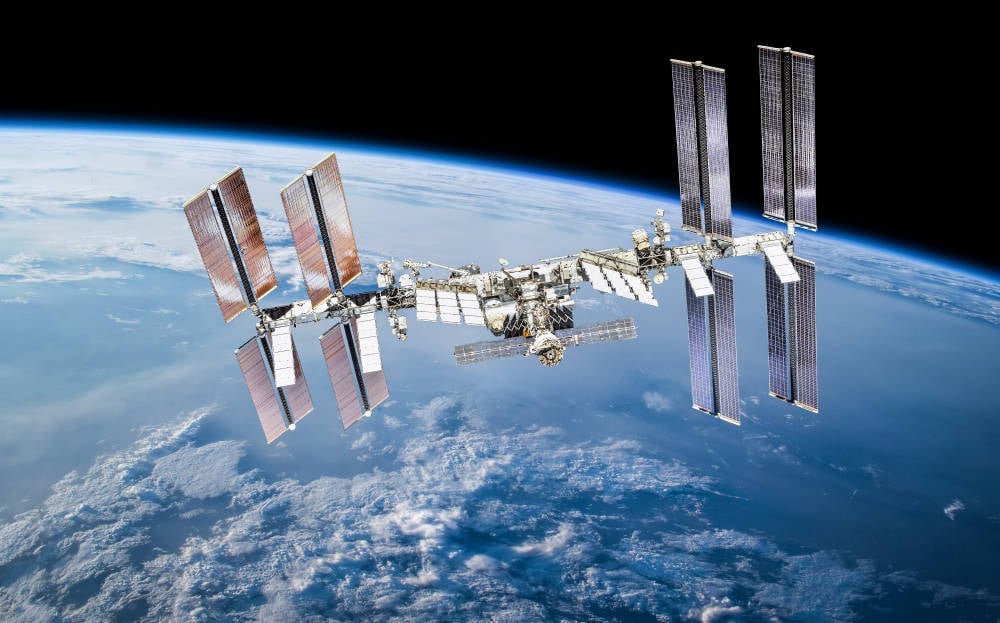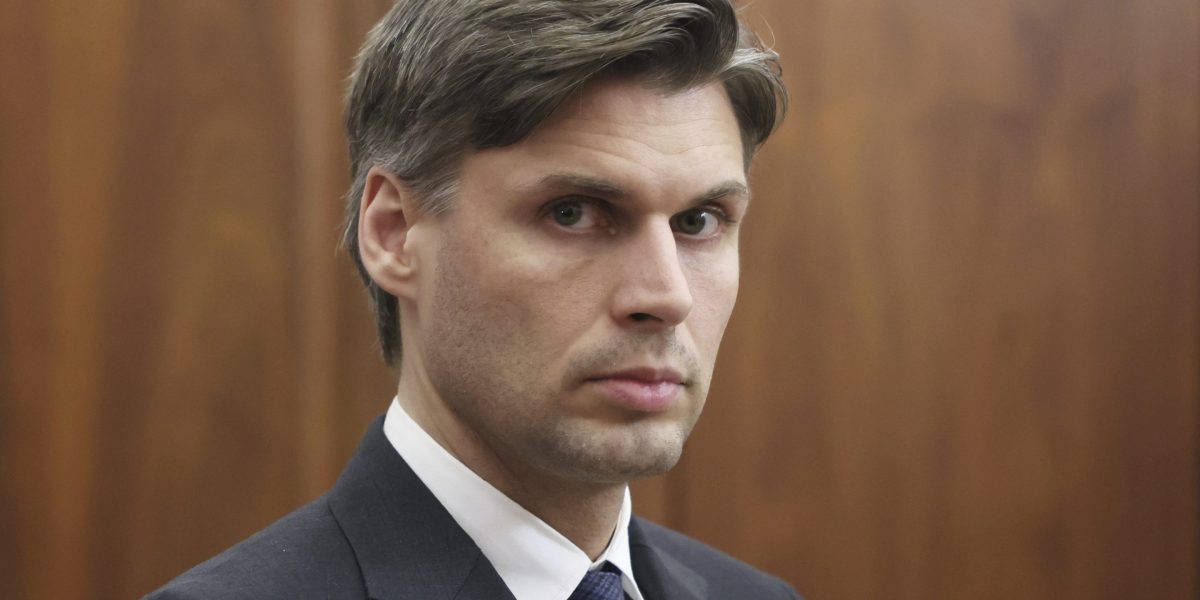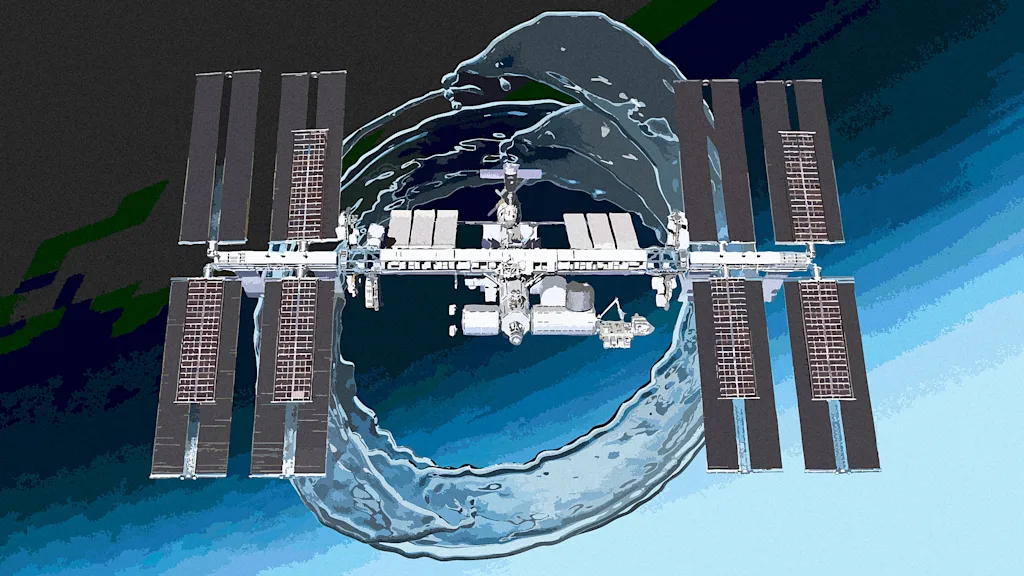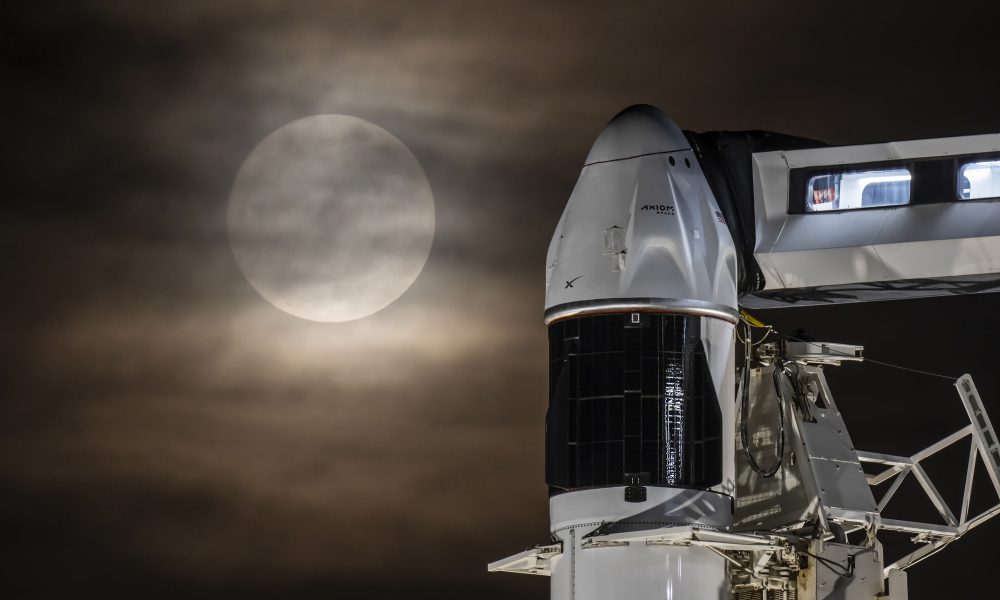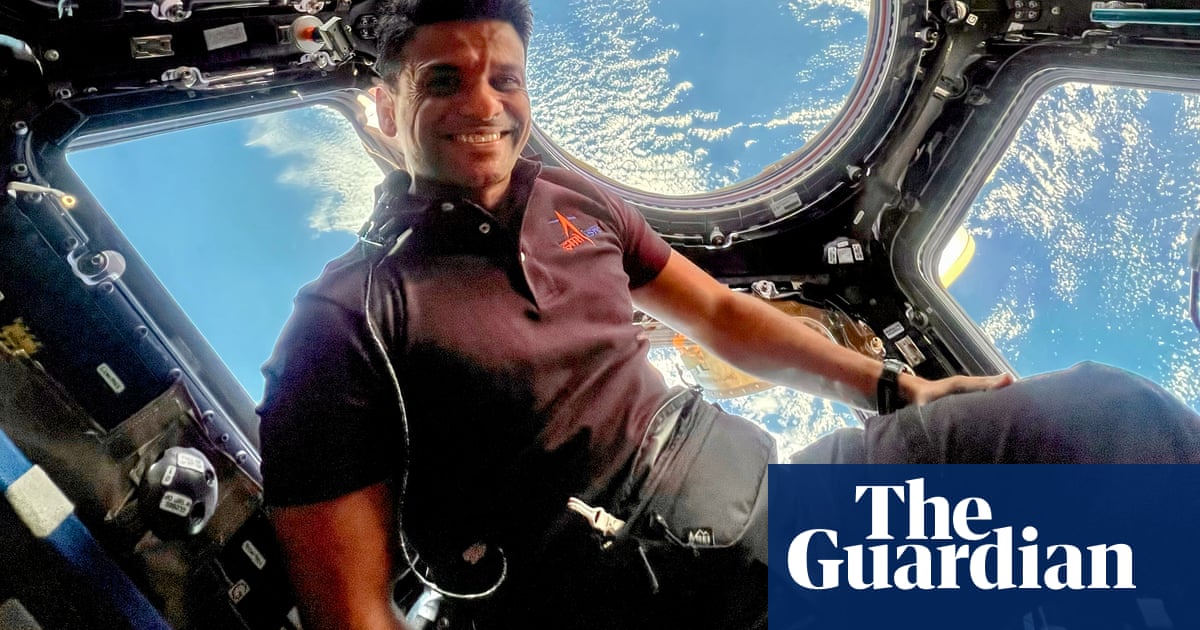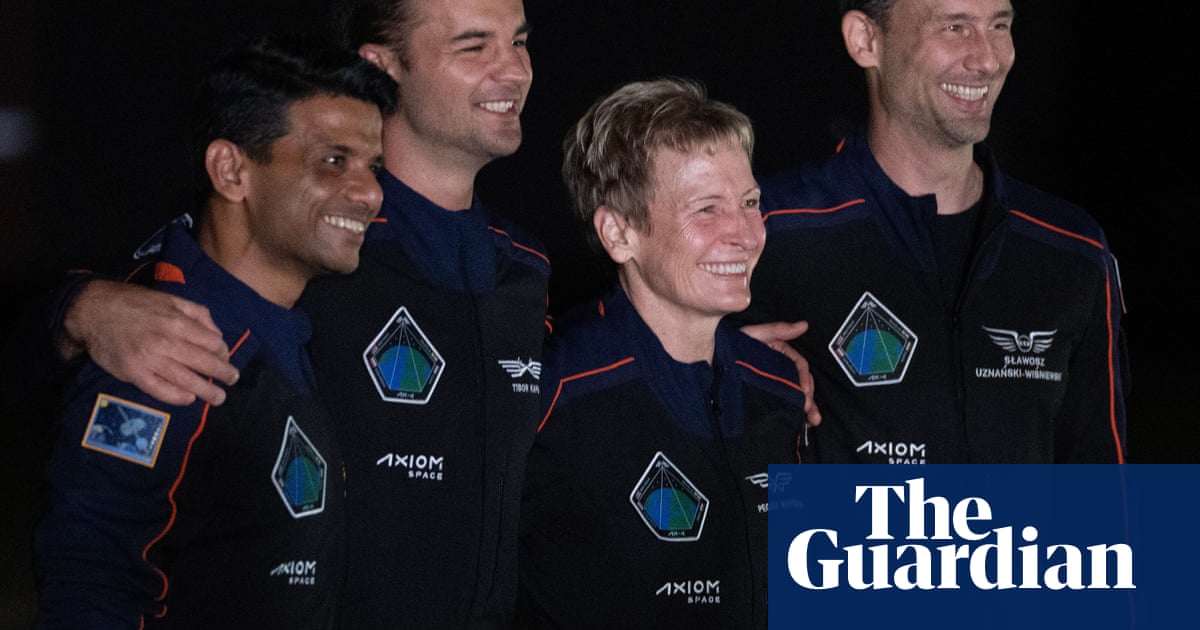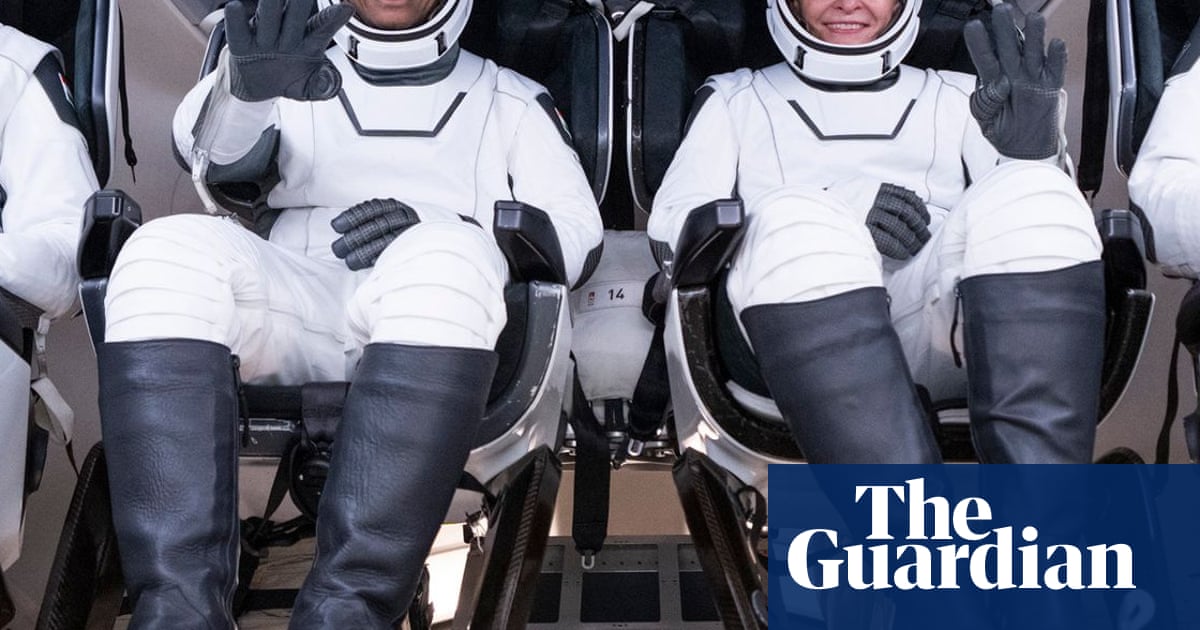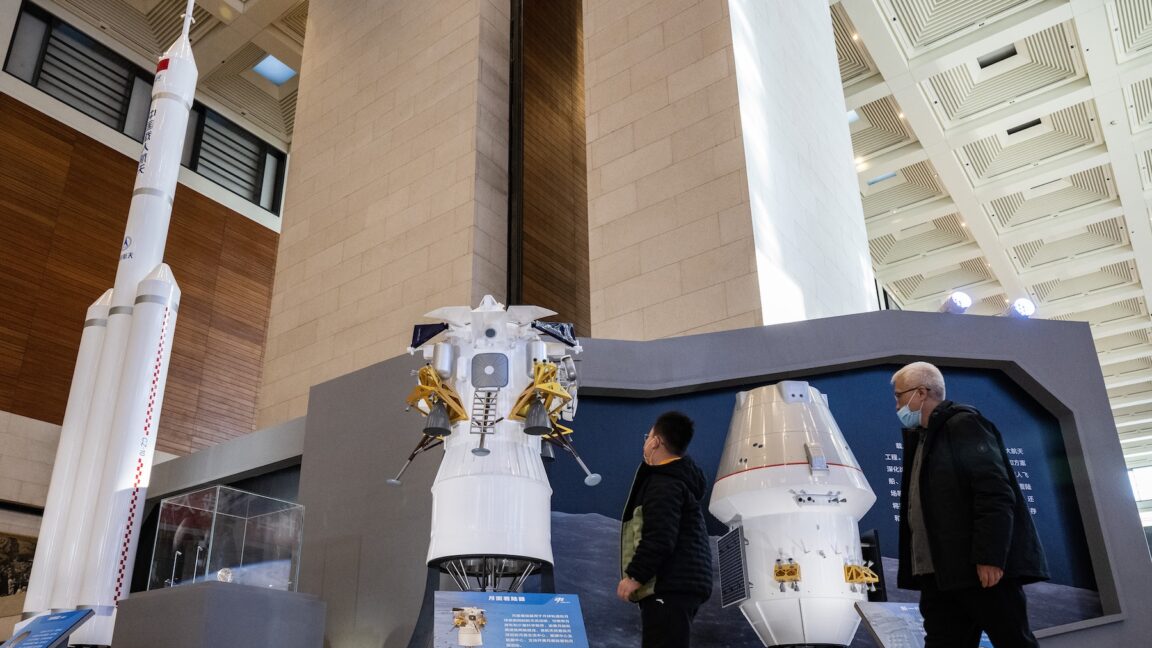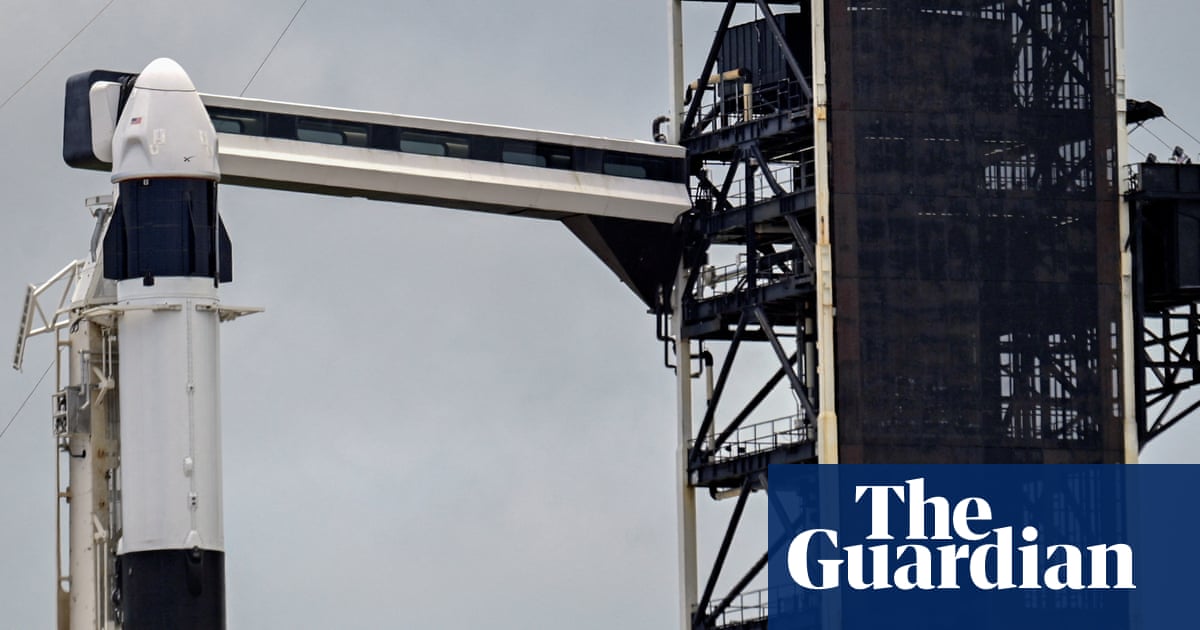#international-space-station
#international-space-station
[ follow ]
#nasa #spacex #space-exploration #astronauts #axiom-space #space-food #astronaut #human-spaceflight #elon-musk
fromMail Online
3 weeks agoThat was close! Huge asteroid comes within 300 miles of hitting Earth
While a miss this close might sound alarming, the European Space Agency (ESA) claims there was never any serious danger. Based on its estimated size, 2025 TF would have most likely burned up or exploded in the atmosphere rather than slamming into the surface. ESA said in a statement: 'Objects of this size pose no significant danger. 'They can produce fireballs if they strike Earth's atmosphere, and may result in the discovery of small meteorites on the ground.'
Science
fromBusiness Insider
1 month ago10 landmarks you can see from space
If you want the best view of Earth's landmarks, you'll need a ticket to space. Some of the world's most jaw-dropping sites - both natural and man-made - only reveal their true scale and beauty when captured from 250 miles overhead. The International Space Station has snapped images of some of these landmarks, such as the Great Barrier Reef, the Pyramids at Giza, and San Francisco's Golden Gate Bridge. Photos show how incredible landmarks look both from the ground and from way, way above.
Science
fromTechCrunch
1 month agoIcarus raises $6.1M to take on space's "warehouse work" with embodied-AI robots | TechCrunch
Icarus Robotics cofounders Ethan Barajas and Jamie Palmer spent hours interviewing astronauts about what it was like working in space as they homed in on their startup idea. Their big takeaway: the work was often more cargo logistics than cutting-edge science. "We're Amazon warehouse workers with PhDs," one astronaut said. If an experiment takes two hours on station, the person continued, the first ninety minutes are spent just moving around cargo and preparing tools.
Venture
fromBusiness Insider
1 month agoPhotos show what life is like on the International Space Station, from sleeping arrangements to haircuts
Ask any astronaut who has spent extended periods in the International Space Station what the most challenging part was, and they will probably say missing friends and family. While there are plenty of amazing and unique experiences, life in space comes with other little challenges, too - try getting your hair to stay flat without gravity or wearing the same outfit for days on end.
Science
fromInsideHook
1 month agoScientists Took a Step in Understanding Reproduction in Space
An experiment conducted on board the International Space Station might help to clarify the science of pregnancy in space. A study published earlier this month in the journal Stem Cell Reports involved studying what the authors describe as "cryopreserved mouse spermatogonial stem cells" that spent six months on the ISS. The scientists studying the mouse stem cells found that, after six months, that time spent in space "did not increase apoptosis or DNA damage" in the cells.
Science
[ Load more ]

